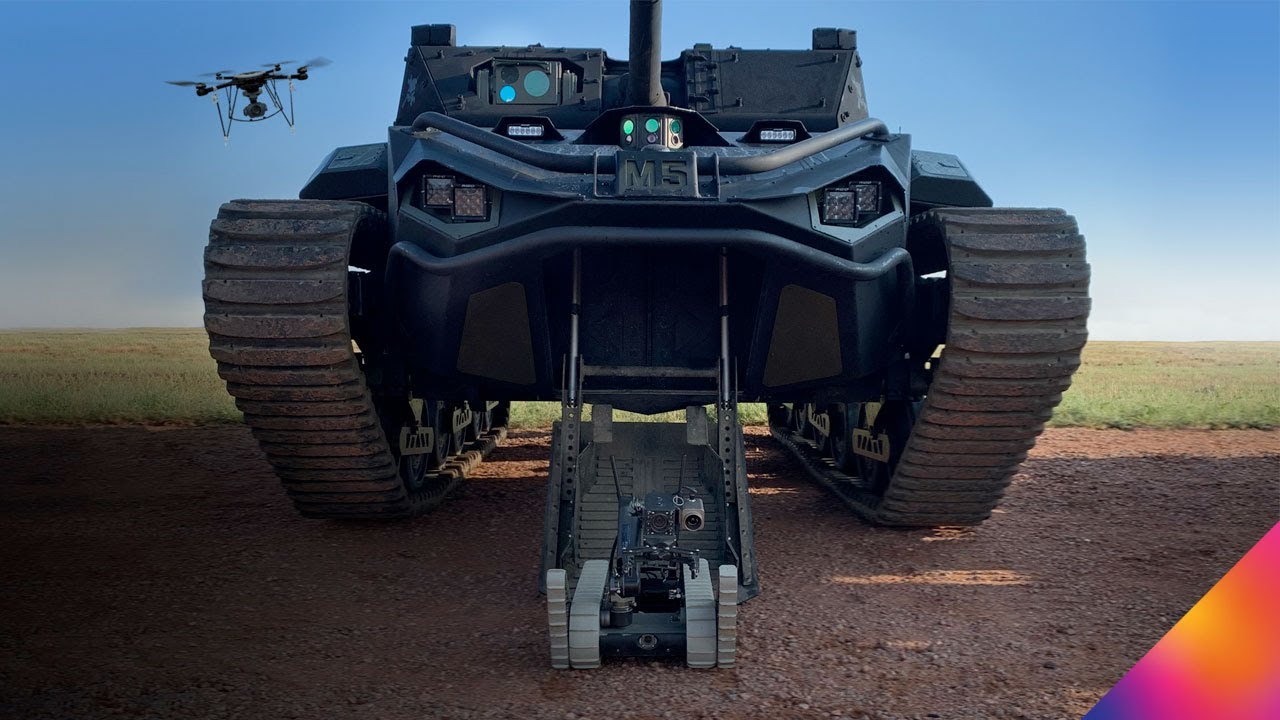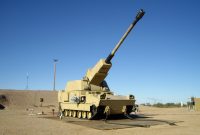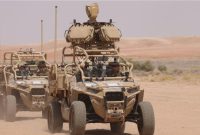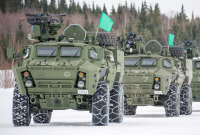In the relentless pursuit of military innovation, the United States Army is boldly venturing into uncharted territory. This year, a groundbreaking wargame is set to unfold, marking a historic moment in the military’s journey towards refining the hardware and software needed to unleash robotic combat vehicles (RCVs) on the battlefield. These wheeled robots are poised to reshape the future of warfare, and the upcoming wargame will serve as a pivotal step toward realizing this transformative vision. In this article, we will explore the US Army’s testing of RCVs in a simulated battle, the remarkable capabilities they possess, and the profound implications this has for the future of military operations.
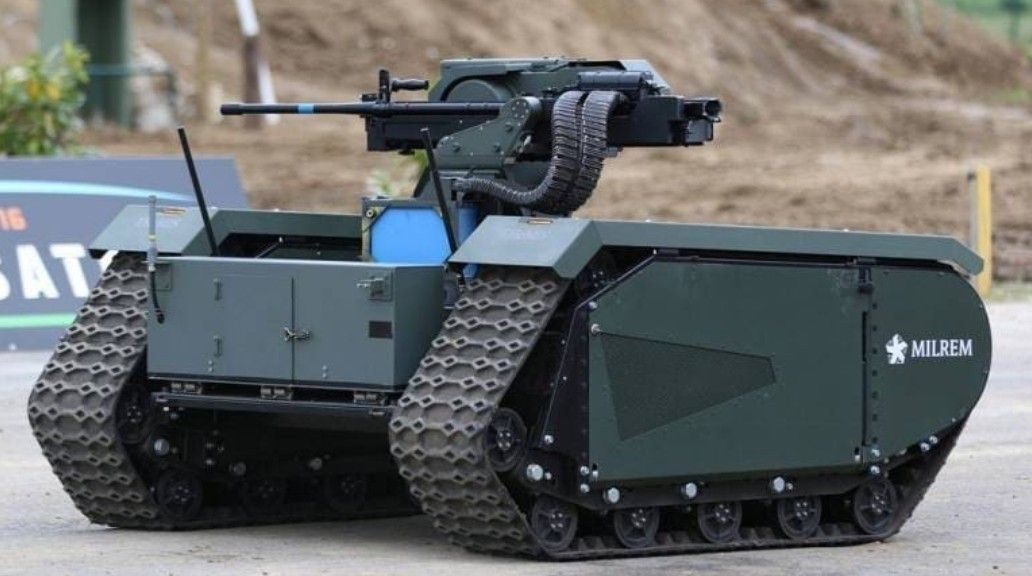
The US Army’s Quest for Lethal Robotics:
The US Army’s quest for lethal robotics represents a convergence of cutting-edge technology and military strategy. As the world of warfare evolves, the introduction of robotic combat vehicles promises to revolutionize the dynamics of the battlefield. The forthcoming wargame is a testament to the military’s commitment to this paradigm shift.
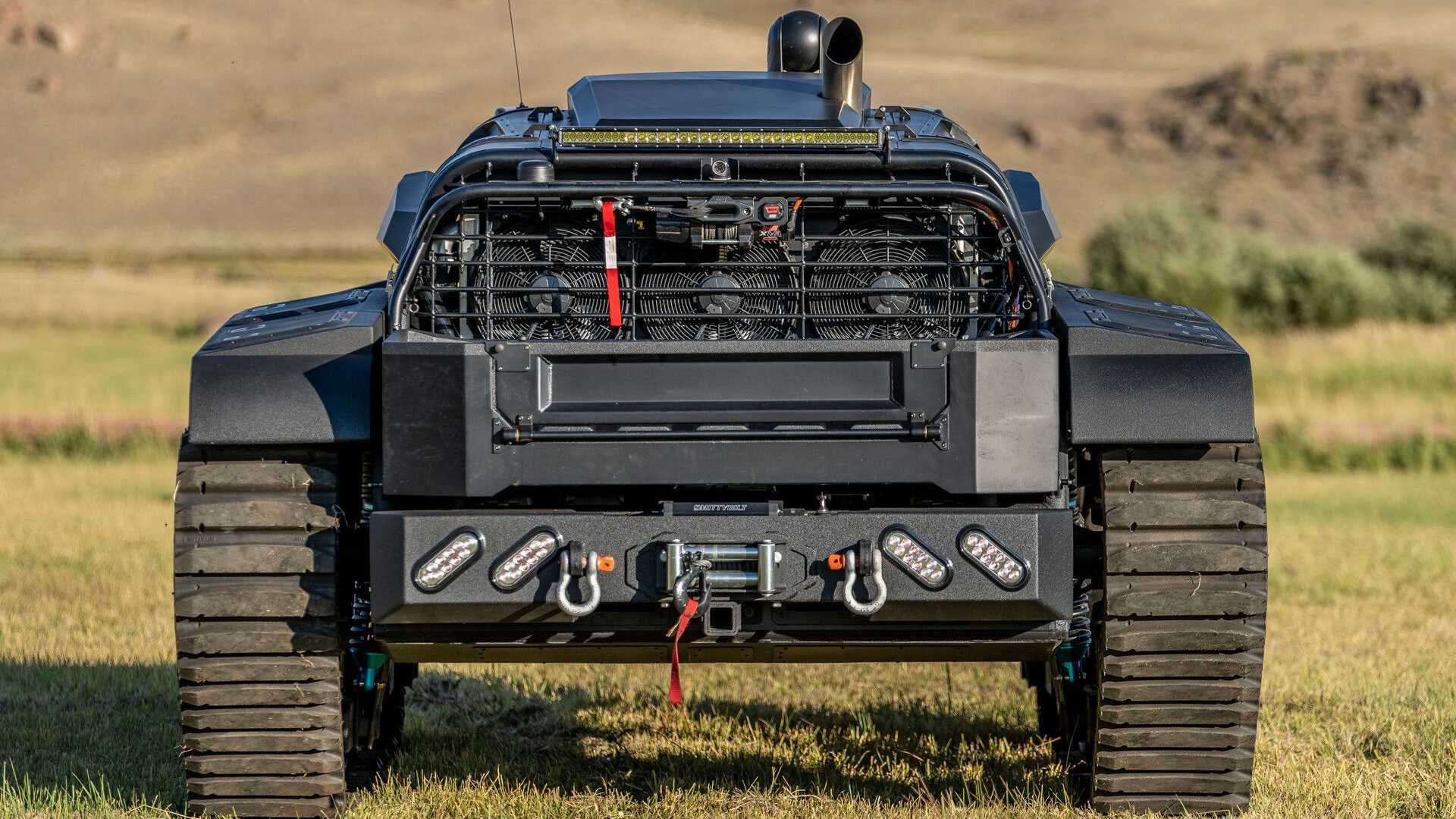
Key Elements of the Robotic Combat Vehicles:
-
RCV-L Demonstrator: The US Army’s foray into the realm of robotic combat vehicles is exemplified by the RCV-L demonstrator. This vehicle is equipped with a range of advanced features, including a Common Remotely Operated Weapons Station-Javelin (CROWS-J) and a remote-controlled anti-tank system.
-
Lethal Firepower: The RCV-L demonstrator is armed with an M230LF Lightweight 30mm Cannon Chain Gun, a formidable and rapid-fire weapon. This lethal firepower is poised to provide a significant advantage on the battlefield, ensuring precise and efficient engagement of threats.
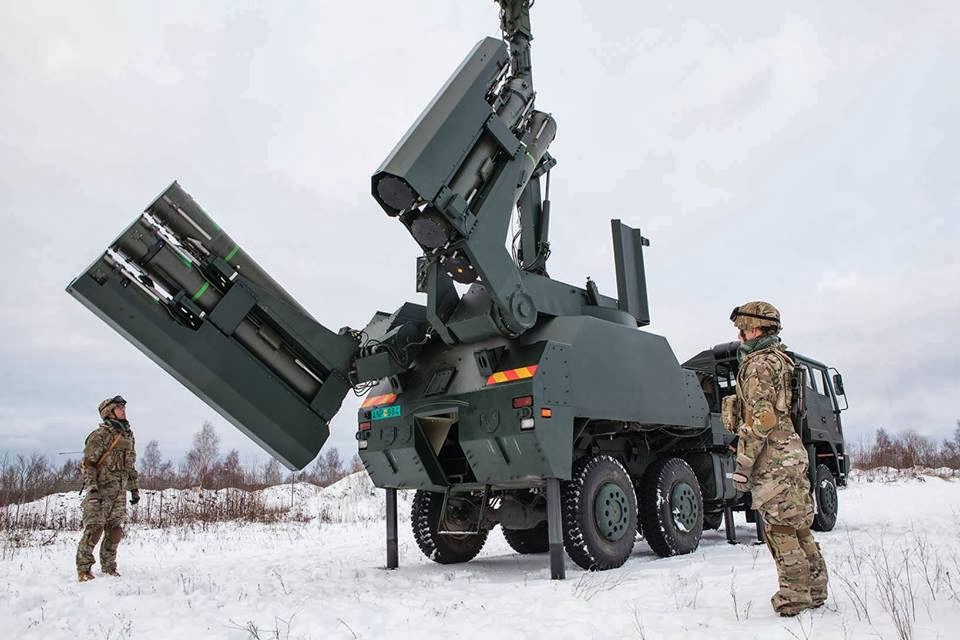
The Historic Wargame:
The upcoming wargame is unprecedented in its scope and significance. It will be a critical testing ground for the RCV-L demonstrator and other robotic combat vehicles, providing insights into their potential and limitations. This simulated battle environment will enable the military to evaluate the performance of these systems under various scenarios.
Key Objectives of the Wargame:
-
Hardware and Software Evaluation: The wargame will facilitate a comprehensive assessment of the hardware and software underpinning the RCV-L demonstrator. This will include evaluating its ability to operate autonomously, respond to commands, and interact effectively with human operators.
-
Battlefield Dynamics: The wargame will explore how RCVs can influence battlefield dynamics. This includes their role in force multiplication, tactical advantages, and adaptability to diverse combat environments.
-
Operational Readiness: A crucial objective of the wargame is to gauge the operational readiness of RCVs. This encompasses their ability to engage and neutralize threats, navigate challenging terrains, and integrate seamlessly into existing military operations.
The Lethality of Robotic Combat Vehicles:
The RCV-L demonstrator’s capabilities underscore the lethality of robotic combat vehicles. With its advanced weaponry, remote-controlled anti-tank systems, and autonomous operation potential, these vehicles promise to transform the way military operations are conducted.
Implications for Future Military Operations:
-
Enhanced Safety: The use of robotic combat vehicles can significantly reduce the risk to human soldiers by allowing these autonomous platforms to engage with threats, minimizing casualties on the battlefield.
-
Force Multiplication: RCVs can serve as a force multiplier, enhancing the effectiveness and reach of military operations. Their ability to perform tasks autonomously can free up human resources for more strategic and complex roles.
-
Adaptability: Robotic combat vehicles are adaptable to a range of operational environments, from urban warfare to reconnaissance and surveillance missions. Their versatility makes them valuable assets for diverse military scenarios.
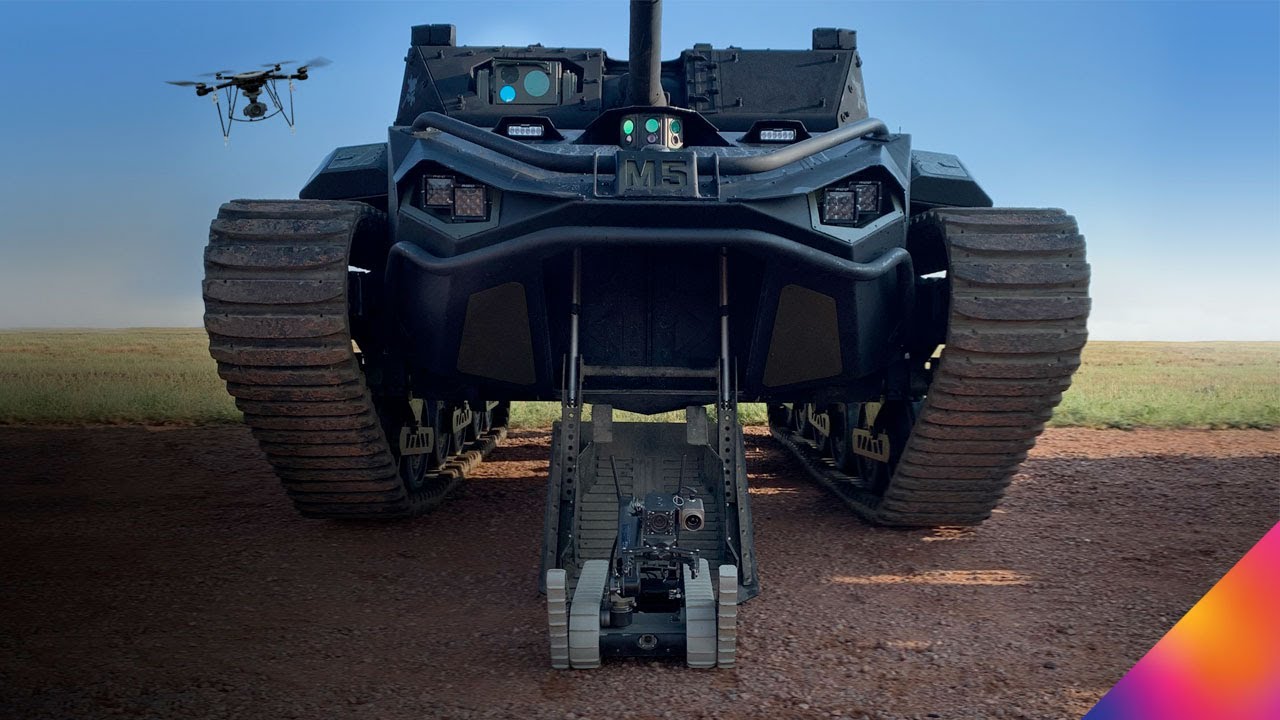
Conclusion:
The US Army’s daring leap into the realm of robotic combat vehicles is a testament to its commitment to modernization and readiness. The upcoming wargame will provide invaluable insights into the capabilities and limitations of these lethal platforms. With the RCV-L demonstrator leading the charge, the military is poised to unlock the potential of autonomous systems in future warfare. These robots will not only enhance safety and force multiplication but also adapt seamlessly to a wide array of operational environments. As the boundaries of warfare continue to expand, the US Army’s exploration of robotic combat vehicles heralds a new era in military technology and strategy.

